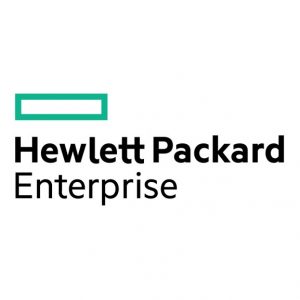When data analysis is accessible, government employees can focus on finding relevant insights in a timely way. When it’s simplified, more people can learn from data and use it to make decisions. And when big data technology meets current industry and regulatory compliance requirements, and is also adaptable as needs change, agencies become future-ready
Teasing out insights from big data can seem like a daunting task, but it doesn’t have to be. A big data analytical framework puts data in service of public servants. A framework connects multiple datasets and supports robust analysis capabilities with minimal delay and maximum clarity. Below are best practices for using an analytical framework to gain insights from big data.
1. Design for purposeful big data
Data needs a purpose. It’s crucial to put upfront effort into understanding the way your agency will use a big data-centered environment. To ensure the implementation of an analytical framework that supports your agency’s current use cases and stays flexible enough to meet future needs, work collaboratively with your vendor from the beginning. Asking the right questions early on makes it easier to get started and results in a manageable implementation process. This will allow you to position your big data project clearly within the larger context of your agency’s mission success.
2. Collect data adaptably
Data is created in many places. These data collection points exist inside and outside your agency, and they will yield a mix of structured, semi-structured and unstructured data. You need a flexible, scalable way of ingesting and storing the sheer volume and variety of data to integrate it into your data framework system. This means working with the different teams and groups that generate the data. Data collection is not a one-time event: As your agency’s needs change over time, you will need to bring new data in new formats into the system.
“There isn’t a big data silver bullet. There isn’t one tool. You have to tie together the infrastructure, systems and security with a flexible analytical framework — creating a ‘data fabric.’ But even more important is for agencies to see the big picture of what big data can do.”–Stephen Moore, Chief Technology Officer at AlphaSix
3. Load different data sources into a unified system
Raw data must be processed into an analyzable format and loaded into an accessible, centralized framework. But the larger and more complex the volume of data is, the more challenging it is to process. By decoupling analysis from raw data’s format, you can optimize your agency’s ability to extract useful information and turn it into real-time, actionable insights.
4. Resolve analytics into insights
Once the relevant data is collected, loaded and prepared, analysis can begin. You can then write machine learning algorithms against the data, plug a visualization tool into the framework, or apply filters and perform queries as needed. These analytic approaches can reveal patterns in massive amounts of big data, pinpoint telling anomalous behaviors and allow you to discover areas of concern so your agency can act quickly and decisively.
This process of going from big data design to insights is cyclical. As you learn from data and apply it to your use case, you will want to continue to expand the data you collect and refine your analytical architecture.
This article is an excerpt from GovLoop’s recent report, “Big Data: Accelerating Time to Mission-Critical Insights” Download the full report to explore the challenges that agencies must overcome to leverage available data and the steps to make big data purposeful here.






Leave a Reply
You must be logged in to post a comment.